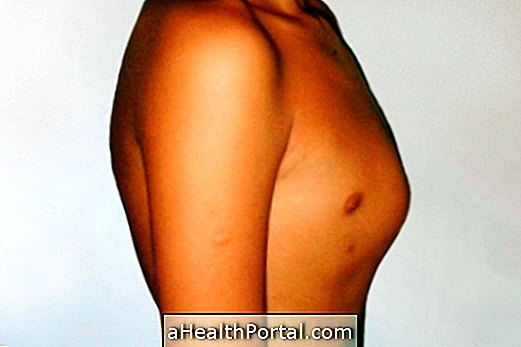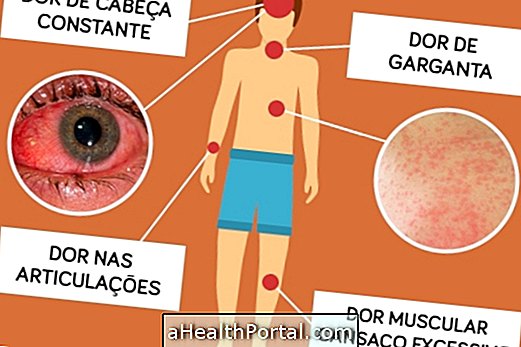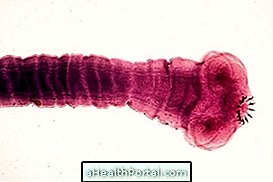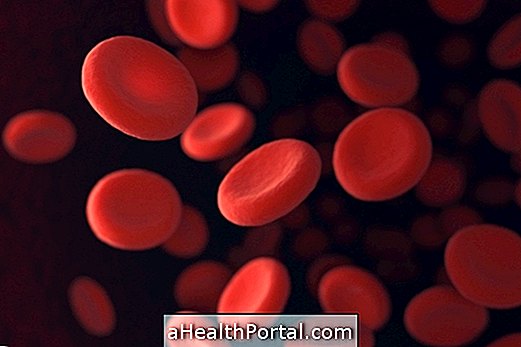The tetralogy of Fallot is a rare genetic disease that arises due to four changes in the heart, which modify its functioning and reduce the amount of blood with oxygen that is pumped. In this way, children with this type of cardiac abnormality usually present a bluish coloration throughout the skin due to the lack of oxygen in the tissues.
Although there is no cure, tetralogy of Fallot can be corrected with surgery to improve symptoms. The two most commonly used types of surgery are:
1. Intracardiac repair surgery
This is the main type of treatment for tetralogy of Fallot, being done open heart so that the doctor corrects the cardiac changes and improves the circulation of the blood, relieving all the symptoms.
This surgery is usually done during the first year of the baby's life, when the first symptoms are discovered and the diagnosis is confirmed.
2. Temporary surgery
Although the most commonly used surgery is intracardiac repair, your doctor may recommend doing temporary surgery in the case of babies who are too small or weak to undergo major surgery.
Thus, the surgeon makes only a small cut in the artery to allow the passage of blood to the lungs, improving oxygen levels.
However, this surgery is not definitive and only allows the baby to continue to grow and develop for some time, until he is able to undergo intracardiac repair surgery.
What happens after surgery
In most cases babies undergo repair surgery without any problem, however, in some cases may arise some complications such as arrhythmia or dilatation of the aorta. In these cases, it may be necessary to take medicine for the heart or do new surgeries to correct the problems.
In addition, because it is a cardiac problem, it is important that the child is always evaluated by a cardiologist throughout his or her development, to make regular physical exams and to adapt his activities, for example.
Main symptoms
Symptoms of tetralogy of Fallot may vary according to the degree of cardiac abnormalities, but the most common include:
- Bluish skin;
- Rapid breathing, especially when suckling;
- Dark nails on the feet and hands;
- Difficulty gaining weight;
- Easy irritability;
- Constant crying.
These symptoms may appear only after 2 months of age and therefore if they are observed they should be immediately informed to the pediatrician for tests such as echocardiography, electrocardiogram or X-ray of the chest to evaluate the functioning of the heart and identify the problem, if any.
If the baby is very difficult to breathe, the baby should lie down and bend the knees to the chest to improve blood circulation. Then call 192 for medical help.

























